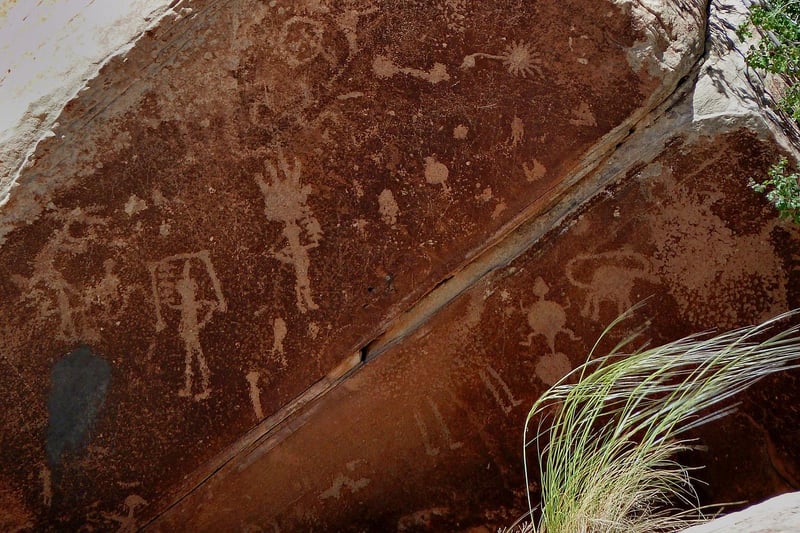Prehistoric Era
Exploring Historical Eras: Prehistoric Era
Welcome to a journey through time as we delve into the fascinating historical eras that have shaped our world. Our first stop is the mysterious Prehistoric Era, a period before written records that holds clues to our ancient past.
What is the Prehistoric Era?
The Prehistoric Era refers to the time before written history, encompassing the Paleolithic, Mesolithic, and Neolithic periods. This era is characterized by the development of stone tools, the emergence of early human ancestors, and the transition to agriculture.
Key Highlights of the Prehistoric Era
- Paleolithic Period: Often referred to as the Old Stone Age, this period saw the development of simple stone tools and the emergence of Homo sapiens.
- Mesolithic Period: Known as the Middle Stone Age, this era marked advancements in tool technology and the beginning of more complex societies.
- Neolithic Period: The New Stone Age witnessed the shift from hunting and gathering to agriculture, leading to settled communities and the domestication of plants and animals.
Discoveries and Artifacts
Archaeological discoveries from the Prehistoric Era provide valuable insights into early human life. Cave paintings, such as those in Lascaux, France, depict scenes of daily life and ancient rituals. Tools crafted from stone, bone, and antler offer a glimpse into the technological advancements of the time.
Exploring Prehistoric Sites
Travel to prehistoric sites around the world to witness the remnants of our ancient ancestors. From Stonehenge in England to Göbekli Tepe in Turkey, these sites showcase the ingenuity and creativity of early humans.
Understanding Our Origins
The Prehistoric Era lays the foundation for understanding human evolution and the development of civilization. By studying this ancient period, we gain a deeper appreciation for the resilience and innovation of our early ancestors.

Embark on a journey through time as we uncover the mysteries of the Prehistoric Era and unravel the story of our origins.
